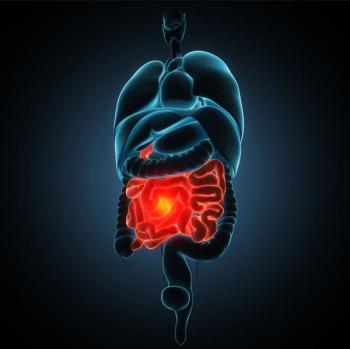
|Slideshows|October 4, 2018
GI Case Quiz: RUQ Pain, Fevers, & Jaundice
RUQ pain x3 days, fevers x24h. LFTs are elevated. Which of these tests should you order?
Advertisement
Newsletter
Enhance your clinical practice with the Patient Care newsletter, offering the latest evidence-based guidelines, diagnostic insights, and treatment strategies for primary care physicians.
Advertisement
Advertisement
Advertisement




